Drive your productivity every day and tackle your work faster, safer and better with Weiler. When your demanding work calls for weld cleaning brushes like the original Roughneck® stringer bead, abrasives such as the durable Tiger® flap discs, or grinding and cutting wheels, we've got your solution.
A part surface can require a specific metal finish for many reasons, be it cosmetic, product functionality, or customer preference. Certain metal finishes also can help the material resist damage or rusting.
Some applications require a precisely measured finish on metal parts, while others need only look visually appealing. On many jobs, the consistency of surface appearance is the most important factor in judging a metal finish. Each finish also can have a variety of coatings and treatments like clear coating, patina, and steel blackening. Which abrasive product you use for the job, the grit type and size of the abrasive grain, and operator technique all affect surface finish and can produce different results.
Measured Versus Visual Finishes
Metal is ground and polished to either a visual finish, which is subjective, or a measured finish, which is objective. Metal surfaces might appear smooth to the naked eye, but they actually contain peaks and valleys that can be precisely measured, usually with the Ra (roughness average) or RMS (root mean square) metric. Measuring these is critical if an operation needs to produce a measured finish.
Quality personnel measure the surface roughness with a profilometer, which determines Ra values by moving a diamond stylus across the surface for a specified distance and using a specified contact force. They then assign the Ra value as an average of the surface deviations. A low number represents a smoother, or less deviant, surface.
While less common than visual finishes, measured finishes might be needed in applications where two parts come into contact with one another and require a precise, smooth finish to avoid friction. Measured finishes are almost always specified in food-grade and aerospace applications that require stringent quality testing.
In applications where the material will be powder-coated or treated, the finish might not be as critical, and a visual finish or a nonmeasured finish is often acceptable. Still, if a part will be painted, it should be relatively free of deep abrasions.
Common Metal Finishes
Fabricated metal components have a wide range of finishes. Four common ones are mill, directional, nondirectional, and mirror-polish finishes.
A mill finish (also called a 2B finish) is the unabraded material from a producing mill. It’s how the material—be it carbon, cold-rolled, or hot-rolled steel—appears straight off the production machine. Mill finishes can be difficult to match with a hand-held tool or abrasive product, so it’s important to make sure the surface isn’t scratched significantly during welding or finishing. Applying any type of abrasive to a mill finish will produce scratches or swirling.
Directional finishes are common on stainless steel products, such as a refrigerator door. These finishes come in several varieties, including hairline and #4 finishes. Hairline finishes have light, “hairline” directional markings, while #4 finishes are coarser with more pronounced striations.
Nondirectional finishes, on the other hand, don’t have a clear directional pattern. Fabricators create a consistent, nondirectional pattern by stepping up to a high-grit hook-and-loop or pressure-sensitive adhesive (PSA) sanding disc on an orbital sander. Fab shops apply most nondirectional finishes as the final stage before some kind of surface treatment, such as tinted clear coat, patina, steel blackening, bluing, painting, or waxing.


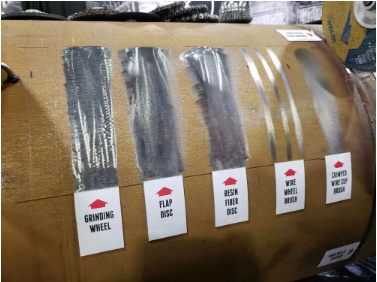

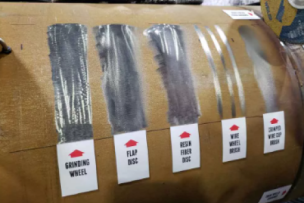
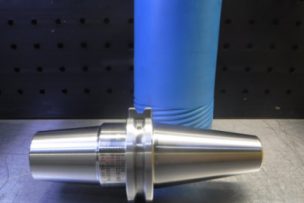
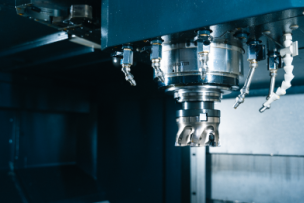
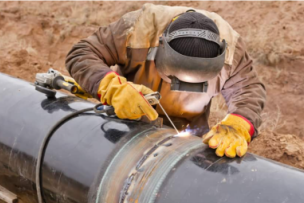
Talk to Us!
Leave a reply
Your email address will not be published. Required fields are marked *